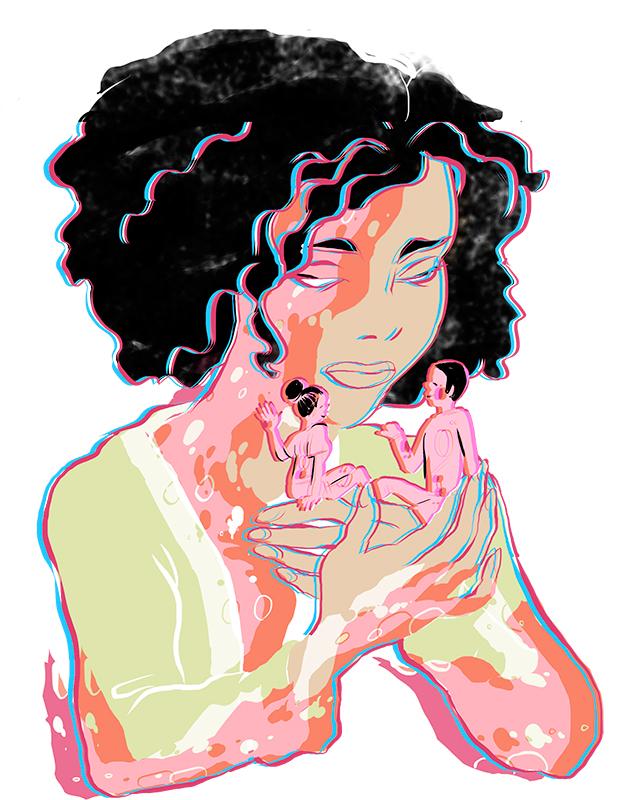A mother talks sickle cell disease
October 2, 2014
Sickle Cell Disease is a chronic disease passed on genetically by two parents with the sickle cell trait. There is a 1 in 4 chance of having a child with the disease. My children are that 1 in 4.
The symptoms they experience are severe pain in the joints, low energy, low blood count, and a compromised immune system. Over a lifetime some patients have damage to their organs or experience neurological disorders.
The most common symptom is pain associated with a “crisis”. The crisis is usually brought on by a decrease of oxygen in the red blood cells. A normal red blood cell is a concave circle. However, when there is a decrease in oxygen, the red blood cells become sickle-shaped making them susceptible to clump together in the joints and soft tissue areas. This occurrence brings on the pain crisis in the affected area(s).
I am a mother that can’t afford to focus on negative issues. Being a parent of children with a chronic condition can be overwhelming at times. You can educate yourself on the facts but no one can prepare you for the psychological challenges. I have chosen to face sickle cell disease head on.
There isn’t enough coverage about this disease primarily because it affects many minorities.
— Stacey Gaines
It’s very difficult to watch your child endure pain. The pain can be so intense that not even Morphine can quite take it away. My children have been on Morphine for a week at a time during a crisis.
Fortunately, UCSF Benioff Oakland Children’s Hospital specializes in this type of care. The staff is trained to be attentive and aware of the patients more so than at a community hospital. My goal during the stay is to remain positive and provide comfort even though they are away from home.
As we begin to wrap up 2014, there is still a lot of work to do in educating our communities. Rarely do you see a public announcement about this disease. Most health-related textbooks don’t mention blood-disorders related to ethnicity. I hate to bring race into this topic but the fact of the matter is that this is a minority disease.
So, as in other social matters, we must do this for ourselves. It should be stated that medicine has made great strides in treatment of sickle cell disease. There are new medications and regimens that have helped to decrease pain crisis and hospitalizations.
Hydroxyurea is one medication that has done just that. My children have benefited from its effects. Blood transfusions also provide relief of symptoms when warranted. With Obamacare in effect, these treatments are available to people who otherwise wouldn’t be able to afford them.
There isn’t enough coverage about this disease primarily because it affects many minorities. It is not a mainstream disease so as with everything else people tend not to put much effort into it.
My hope will always be for a cure. DNA research offers this promise. Until then, we need to share our stories, utilize the media, and not give up. Our children deserve for us to fight for their quality of life. We owe it to them and ourselves.

